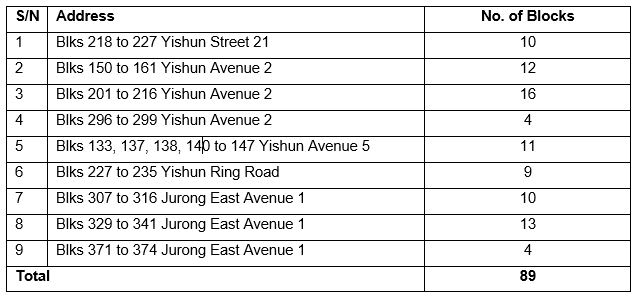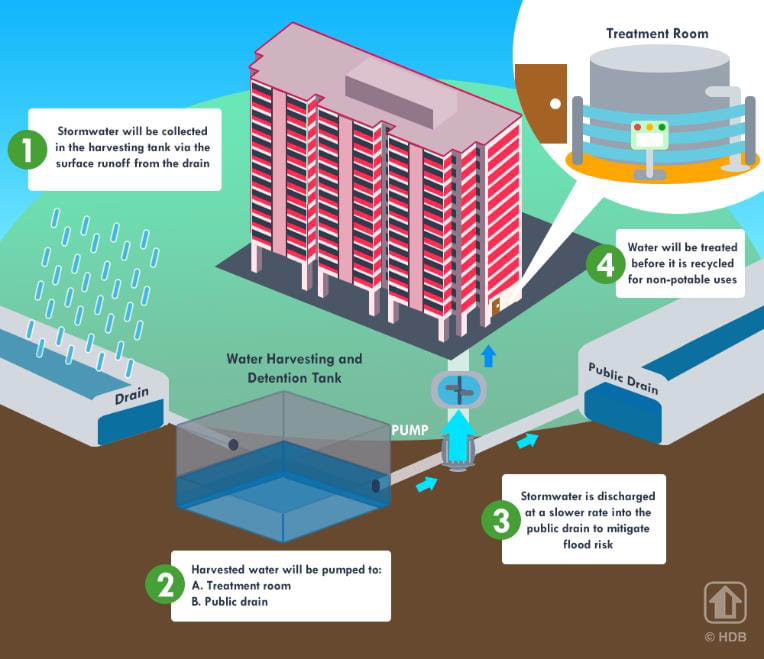
Energy experts say the Victorian government’s expanded solar rebates scheme will help drive the state’s transition away from gas as it aims to halve its emissions by the end of the decade.
Victorian households will be able to access rebates for both solar panels and a solar hot water system under the widening of the program announced on Tuesday. Households can now only take part in the solar panels program or the hot water rebate, but not both.
Meanwhile, an additional 50,000 businesses across the state will become eligible for solar panel rebates and an interest-free loan to slash up-front installation costs.
When the household changes come into effect in mid-May, almost 190,000 Victorians who previously accessed a $1,400 rebate to install solar panels will be able to access an additional 50% rebate – of up to $1,000 – to have solar hot water or a high-efficiency electric heat pump system installed.
When the 10-year scheme was announced, the government said the policy aimed to cut the state’s carbon emissions by almost 4m tonnes and would result in household solar generating 12.5% of the state’s 40% target for renewable energy by 2025.
Alison Reeve, the deputy program director for energy and climate change at the Grattan Institute, said a large part of the state’s transition to a low-emissions future required a phasing out of its reliance on gas.
“Switching people from gas water heating to solar heating is a positive step on that journey,” she told Guardian Australia.
“In Victoria you’ve got a lot of houses with gas heaters installed and it takes time for that change to kick through.”
The discovery of natural gas in the 1960s in Bass Strait has caused it to become the state’s dominant residential fuel source, particularly for heating homes in winter.
The department of industry and science’s latest energy statistics, released last year, show Victoria’s gas use from the residential sector is 14.8% – almost double the nationwide figure of 7.9%.
When the solar homes scheme launched in 2018, the Andrews government estimated a solar hot water system could save a household up to $400 each year.
Source The Guardian










